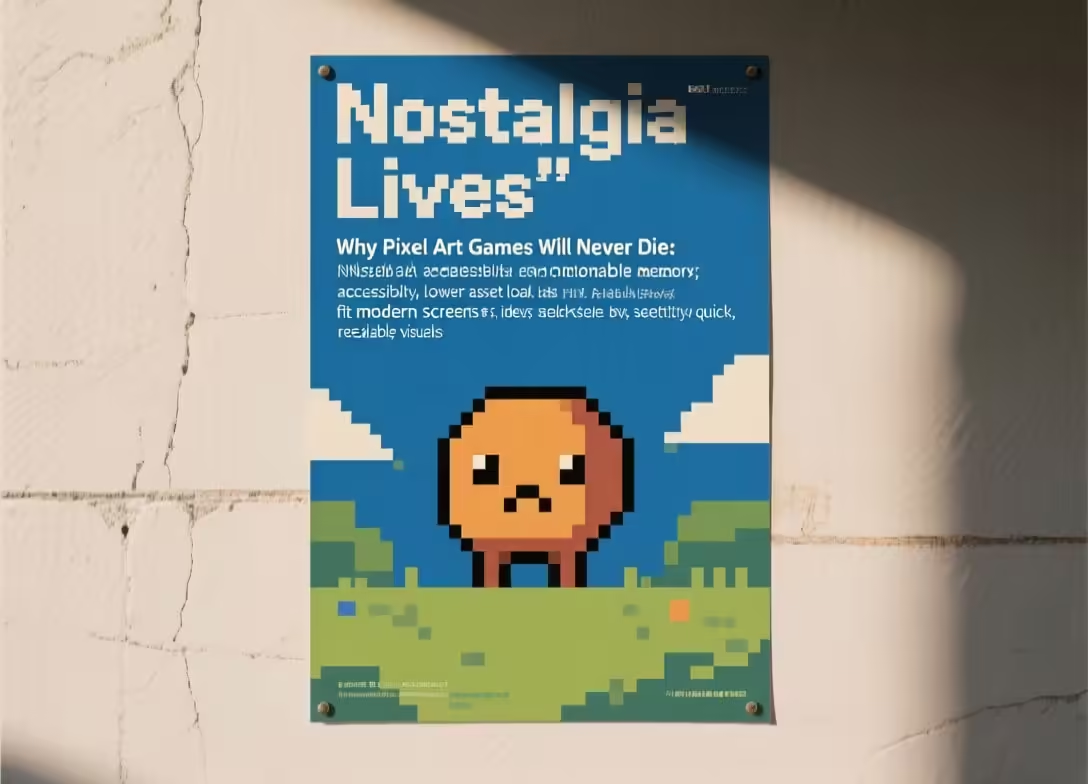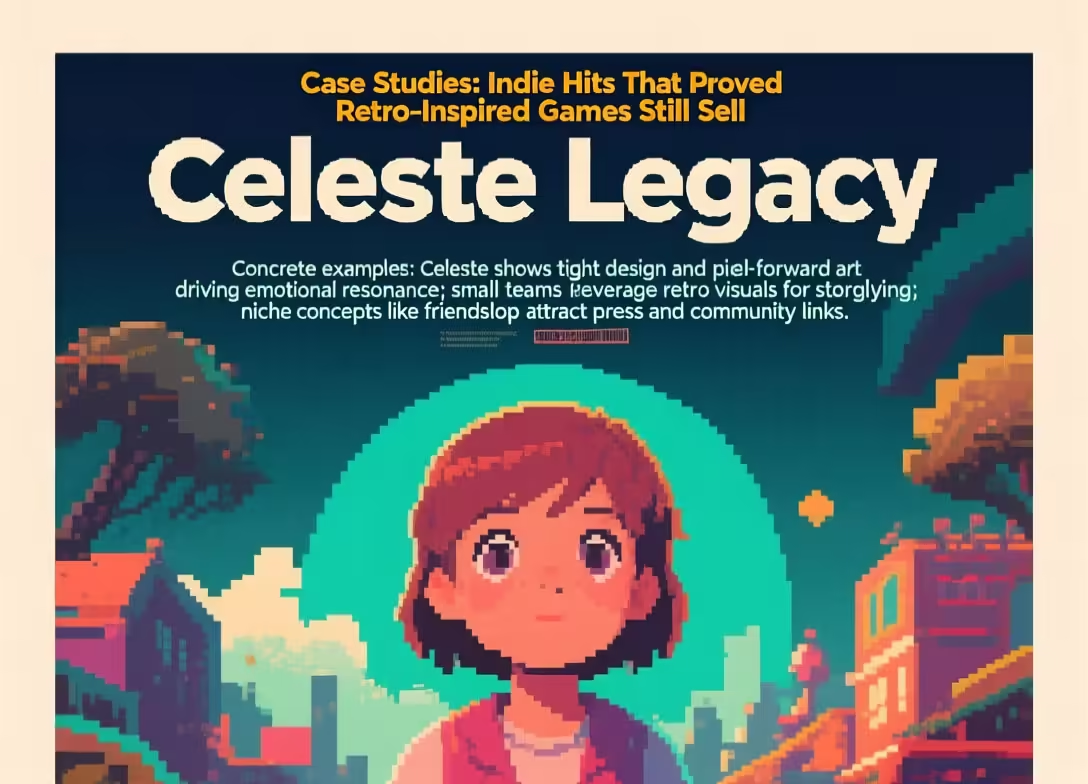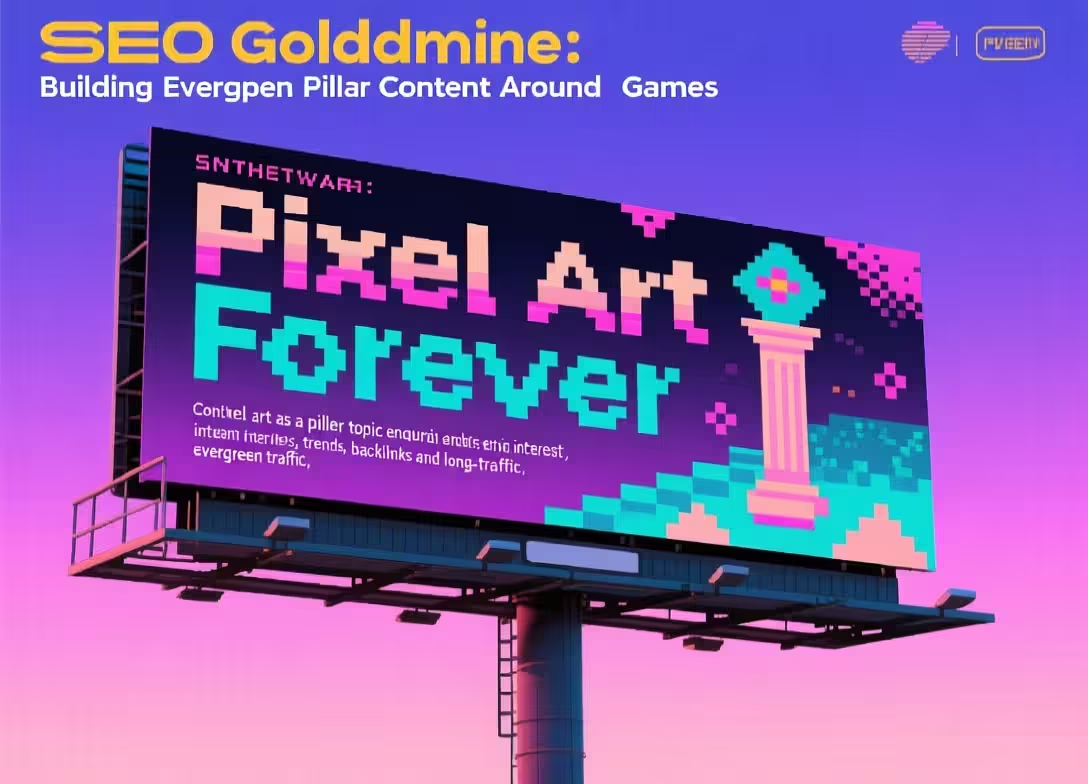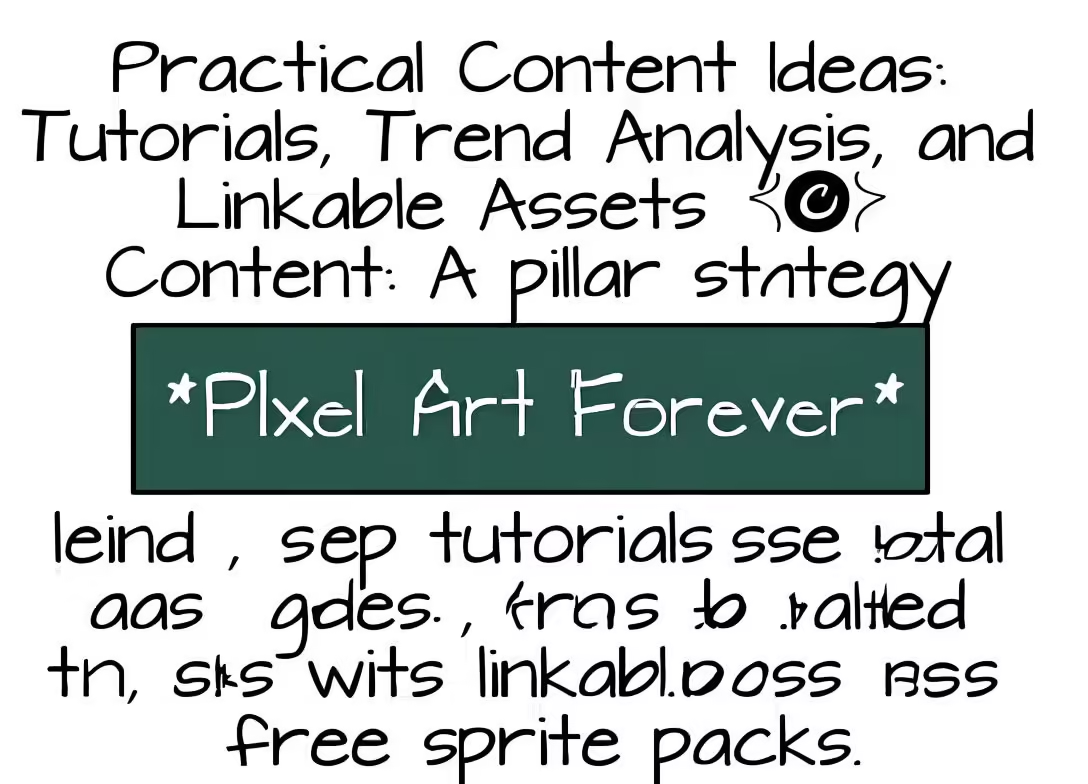4. Why Pixel Art Games Will Never Die: Nostalgia, Accessibility, and Scalable Aesthetics
The simplest reason pixel art persists is emotional economy: a few well-placed pixels trigger decades of cultural memory, making nostalgic games feel immediate and intimate. Beyond sentiment, pixel art is inherently accessible — smaller asset sizes, lower production overhead, and a forgiving aesthetic that suits solo and small-team development.
These factors make pixel art game development attractive for indie studios and hobbyists who need to ship quickly without sacrificing character or readability. Pixel art’s scalability also adapts well to modern screens and mobile devices, preserving visual clarity while minimizing resource demands.
This combination of memory, practicality, and aesthetic flexibility explains why pixel art remains a perennial choice for creators and audiences alike. () (Source)

3. Case Studies: Indie Hits That Proved Retro-Inspired Games Still Sell 🕹️
Concrete examples make the case: critically acclaimed indie titles that embraced indie game graphics and pixel sensibilities have found both commercial and cultural success. Games like Celeste demonstrate how tight design and pixel-forward art marry to create emotionally resonant experiences that reviewers and communities elevate into long-tail discovery.
Deep platforming mechanics combined with minimalist pixel visuals created a distinct identity that sustained player interest and long-term discussion. () Meanwhile, emerging niche concepts — labelled with playful terms like “friendslop” — show the community’s appetite for quirky, pixel-led subgenres that invite linkable coverage and press.
Small teams leveraging retro-inspired visuals continue to generate press, user-generated content, and backlinks precisely because the aesthetic both simplifies production and amplifies storytelling. () (Source)

2. SEO Goldmine: Building Evergreen Pillar Content Around Pixel Art Games
From an SEO perspective, pixel art games will never die is a prime pillar topic: it combines enduring interest with a rich set of long-tail queries — from “how to make pixel art” to “best retro-inspired games 2025.” A content hub that stitches together history, tutorials, developer interviews, and trend predictions captures search intent at multiple funnel stages. Tutorial pages target high-intent creators (pixel art game development), evergreen retrospectives attract nostalgic browsers (why pixel art is popular), and trend pieces like “pixel art game trend 2025” feed timely searches.
Each asset becomes a natural backlink magnet: tools and downloadable sprites, embed-ready GIFs of animation cycles, and interactive comparisons between pixel and high-res art invite shares from indie communities and educational sites. () (Source)

1. Practical Content Ideas: Tutorials, Trend Analysis, and Linkable Assets ✨
A smart pillar strategy mixes formats. Produce step-by-step pixel art game development tutorials (beginner palettes, animation loops), visual case studies of successful retro-inspired games, and data-driven trend posts exploring search behavior around nostalgic games and pixel aesthetics.
Create linkable assets: free sprite packs, comparison charts (retro vs. modern), and downloadable art pipelines for Unity/Godot.
Host interviews with creators about why pixel art is popular in 2025, and publish a rolling “best pixel games” list that updates annually to capture recurring queries. These content types satisfy tutorial-seeking creators, journalists hunting for quotes, and gamers looking for recommendations — a trifecta that builds organic authority and sustained backlink flow.
()Conclusion Pixel art endures because it combines emotional resonance, practical development reasons, and visual clarity — a rare trifecta that fuels both player interest and searchable content. For publishers and studios, that endurance is an evergreen SEO opportunity: build a thoughtful pillar around pixel art games, produce practical and linkable assets, and the traffic — and backlinks — will follow.
🎯 (Source)

